
When you’re growing cool-season grass, most of your lawn care will be in the autumn breeze – not the scorching summer sun. That’s a definite advantage to living up North. From planting to fertilization to aeration, our guide details how to grow and care for your cool-season lawn.
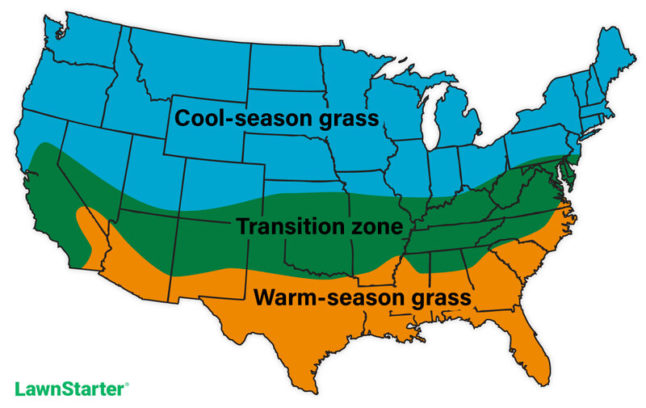
What is Cool-Season Grass?
Cool-season grasses thrive where temperatures are low most of the year. Cool-season grasses green up in early spring, enter dormancy in the heat of summer, flourish in autumn, and enter winter dormancy when soil temperatures drop below 45 degrees.
Warm-season grasses do best in the South, where temperatures are warm most of the year. Warm-season grasses green up in spring as temperatures rise, thrive in summer, and enter winter dormancy when soil temperatures drop below 55 degrees.
States sandwiched between the North and South are in the transition zone. The transition zone has extreme temperatures throughout most of the year, with boiling summers and frigid winters. Both cool-season and warm-season grass can grow in the transition zone.
Types of Cool-Season Grass
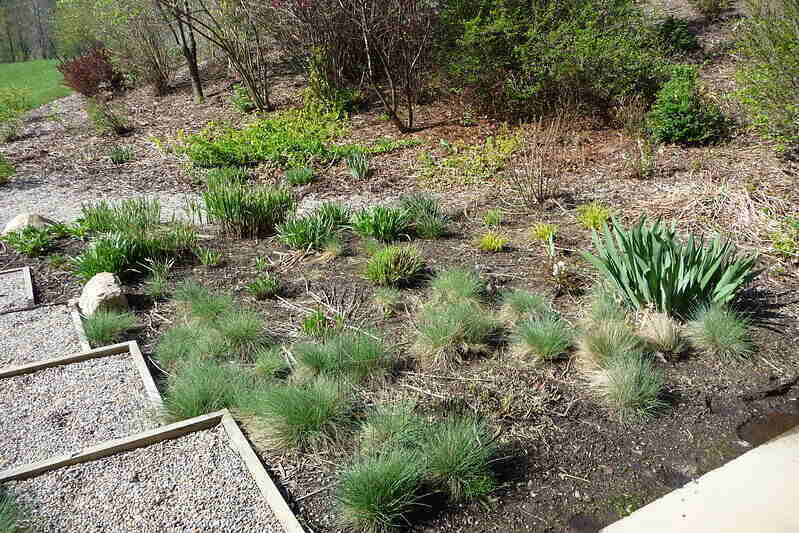
Kentucky bluegrass
Kentucky bluegrass provides a dense, resilient, bluish-green lawn. It has excellent cold tolerance but low drought tolerance.
Tall fescue
Tall fescue is an excellent drought-resistant alternative to Kentucky bluegrass. It grows fast, so it needs frequent mowings.
Fine fescues
Fine fescues have a high shade tolerance but low foot-traffic tolerance. Species include chewings fescue, hard fescue, sheep fescue, and creeping red fescue.
Perennial ryegrass
Perennial ryegrass is a fast-growing grass with high foot traffic tolerance. It can be grown as a permanent lawn or temporary winter green for warm-season lawns.
Conduct a Soil Test
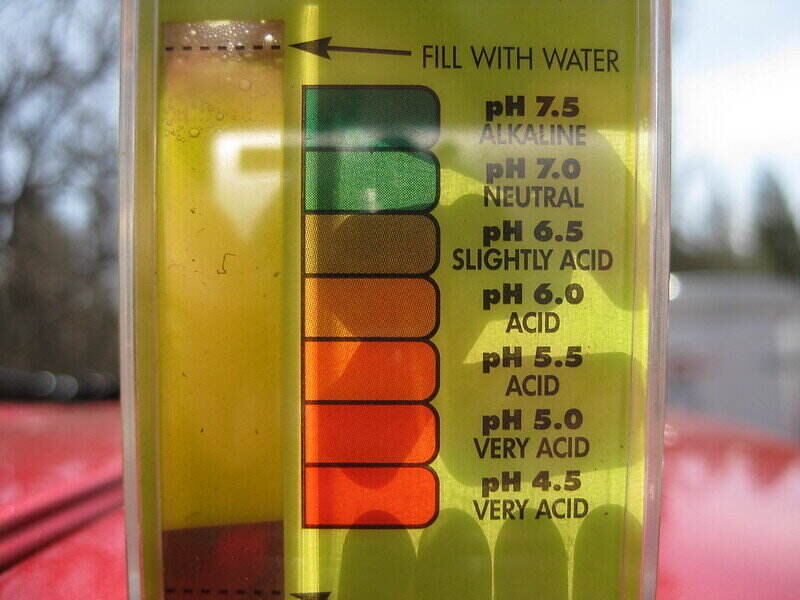
Before you grow your cool-season lawn, you need to know your yard’s soil type. If you’re growing grass in unhealthy soil, your grass may struggle to grow. Your soil’s texture may also affect how your grass responds to lawn care.
By performing a soil test, you can learn more about your soil’s:
- Fertility levels
- pH
- Organic matter percentage
- Texture (relative proportions of sand, silt, and clay)
At-home soil tests are available at home improvement stores, nurseries, and online; however, they won’t provide as detailed results as a laboratory soil test.
At-home soil test
An at-home soil test will typically reveal your soil’s fertility levels without offering information about improving fertility or making amendments.
Laboratory soil test
On the other hand, a laboratory soil test will provide the soil’s fertility levels along with recommendations for enhancing your soil’s health.
Your local university cooperative extension may offer soil testing. Contact your extension office to learn more about preparing a soil sample for lab testing.
How to Grow Cool-Season Grass
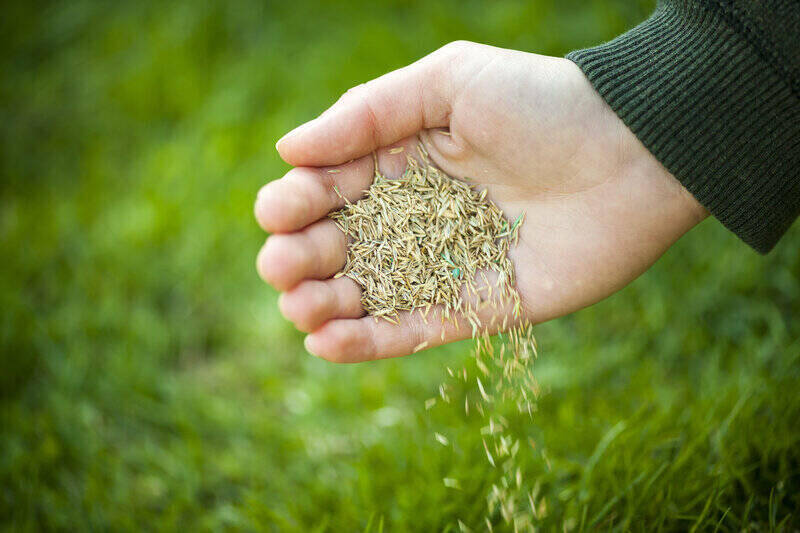
If you’re transforming a patch of soil into a flush of green, there are three common ways to establish a new lawn: planting grass seed, laying sod, and hydroseeding.
The best solution for your lawn will depend on your budget, the area’s size, and how quickly you want a new grass lawn.
Plant Grass Seed
The best time to plant cool-season grass seed is in early fall. Plant the seed when soil temperatures are between 50 and 65 degrees and daytime temperatures are between 60 and 75 degrees.
Growing your lawn from seed is a smart choice for homeowners who have plenty of patience and are on a budget. Germination typically takes 7 – 30 days, and the grass will be ready for its first mow after two months. Yet it can take up to a year or two for the lawn to fully mature.
Pro Tip: One qualm homeowners have about seeded lawns is that bare spots may form. Grass seed is vulnerable to being displaced by wind or rain. You can help protect the seeds, particularly the grass seeds on a hill or slope, by covering them with mesh burlap or cheesecloth.
Sod Your Lawn
The best time to install cool-season sod is fall, though you can install sod at any time of year, as long as the ground isn’t frozen, covered in snow, or soaking wet.
Sod is a 1- to 2-inch thick layer of soil and turfgrass that’s been sliced from the earth to be transplanted elsewhere.
Unlike grass seed, sod provides you with a green lawn instantly (but you’ll need to wait two weeks before you can walk on it).
Sod might not be the best option for your new lawn if you’re on a strict budget. Sod is expensive. Sod costs between $0.87 to $1.76 per square foot for labor and materials. If you need to lay sod on a 2,500-square-foot yard, your bill may range from $2,175 to $4,400.
Hydroseed
Hydroseeding is a great option if you’re on a budget and need to grow grass in a large area. It’s less expensive than sod and you’ll have a green lawn much faster than traditional seeding.
Hydroseeding is a grass seed application process in which the seed is in a mixture called slurry. Often tinted with green dye, the slurry contains mulch, grass seeds, fertilizer, binding agents, water, and soil amendments.
The process involves spraying the slurry mixture over a large area with a hose-like machine called a hydroseeder. The hydroseeder spreads the slurry over a large area in a short amount of time.
Hydroseeding is also useful for planting grass seed on slopes. The mulch and binding agents help secure the grass seed to the soil, which means you won’t have to cover the seeds with burlap mesh to protect against wind and rain.
Because the slurry contains fertilizer, your hydroseeded lawn will take 5 -7 days to germinate and will be ready for its first mow after 30 days. But similar to a traditionally seeded lawn, your hydroseeded lawn will take about a year to establish fully.
Mowing
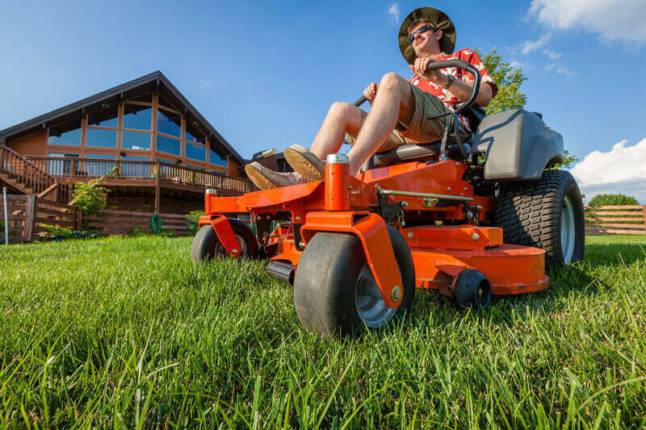
Whether you’re growing a cool-season or warm-season lawn, mowing your grass is an essential maintenance task. But before you rev up the lawn mower, keep the following mowing tips in mind:
- Sharpen your mower’s blades: You wouldn’t cut your fingernails with dull nail clippers, right? So don’t cut your grass with worn mower blades. Dull blades will rip your turf rather than cleanly cut it. Ripping the grass puts stress on your lawn, making it more vulnerable to pests and diseases.
- Follow the rule of one-third: Never remove more than one-third of the grass blade’s length at a time. For example, if your grass is 3 inches tall, don’t remove more than 1 inch. Otherwise, you’ll stress your turf.
- Time the last mow: As winter approaches, mow your lawn one last time for the season once your grass has stopped growing. You don’t want your grass to enter winter too tall; otherwise, your lawn might grow snow molds.
- Don’t mow too low: Each grass type has a recommended mowing height. You risk harming your turf if you cut below the recommended mowing height. Keep your grass on the higher end of its mowing height to encourage deep root growth.
| Grass Type | Recommended Mowing Height |
| Kentucky Bluegrass | 2.5 to 3.5 inches |
| Tall Fescue | 2 to 3 inches |
| Fine Fescue | 2 to 3 inches |
| Perennial Ryegrass | 1.5 to 2.5 inches |
Fertilizing
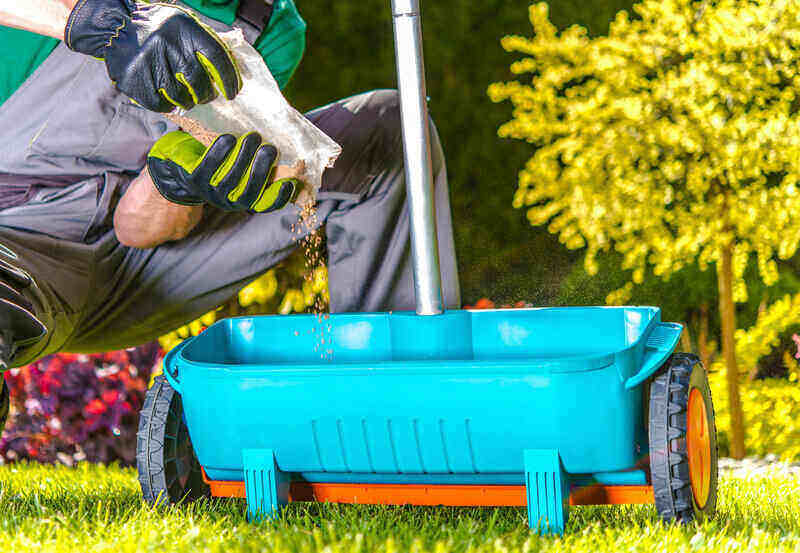
Most healthy, established lawns can thrive with one fertilizer application per year. The best time to fertilize your cool-season lawn is in the fall, its active growing season.
If your soil test recommends applying two fertilizer applications a year, the second-best time to fertilize your cool-season lawn is in spring, after the grass has greened up.
Now, before you grab a random fertilizer bag at your local garden store, refer to your soil test for a recommended fertilizer. Fertilizers contain different nutrients, and applying the wrong fertilizer could harm your grass and the environment.
Most fertilizers contain nitrogen (N), phosphorus (P), and potassium (K). Results from a laboratory soil test will often suggest a ratio of these nutrients for your lawn. This ratio is the N-P-K ratio, and most fertilizer packages list their N-P-K ratio in the respective order.
For example, a fertilizer package that reads 29-0-9 contains 29% nitrogen, 0% phosphorous, and 9% potassium.
Irrigation
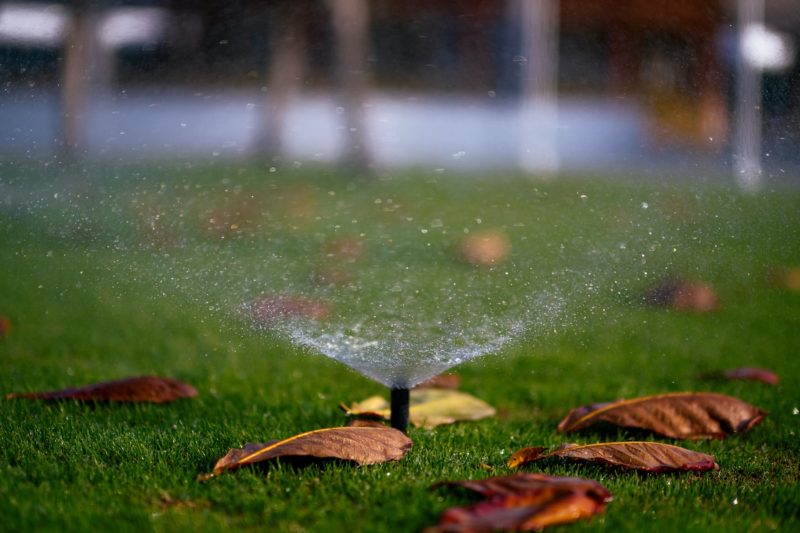
- Established cool-season grasses need 1 to 1.5 inches of water per week. Not sure if your grass is getting the right amount of water? Place a few tin cans within your garden hose or sprinkler’s range. Once you’ve finished watering, measure the average depth inside the cans. The result is how much water your lawn has likely received.
- Water your cool-season lawn less often and for long periods to promote a deep, healthy root system. Watering too often and for short periods encourages a weak and shallow root system. It’s much better to deeply irrigate your lawn once a week than to water it three times a week briefly.
- Water your cool-season lawn only when temperatures are above 40 degrees. Chilly winter winds can freeze tiny droplets of water to the grass, and a layer of ice persisting for more than a month can suffocate the turf.
- Pay attention to signs of thirst. If your cool-season lawn turns grayish-blue or your footprints are visible in the grass, your turf needs a sip of water.
- Water your cool-season lawn before 10 a.m, ideally before 8 a.m. Watering in the morning allows your lawn to soak up the water before the afternoon sun evaporates it.
- Avoid watering in the evenings. The evening might seem like a great time to water your lawn since the sun will be down, but the grass does need a few hours of sun to help it dry off. Water that remains on the grass for too long creates a moist environment attractive to pests and diseases.
Overseeding
Overseeding is the process of spreading grass seed over an existing lawn to encourage new growth. Overseed your lawn once a year to help prevent patches from developing.
The best time to overseed your cool-season grass is in early fall, at least 45 days before the first frost.
Aeration
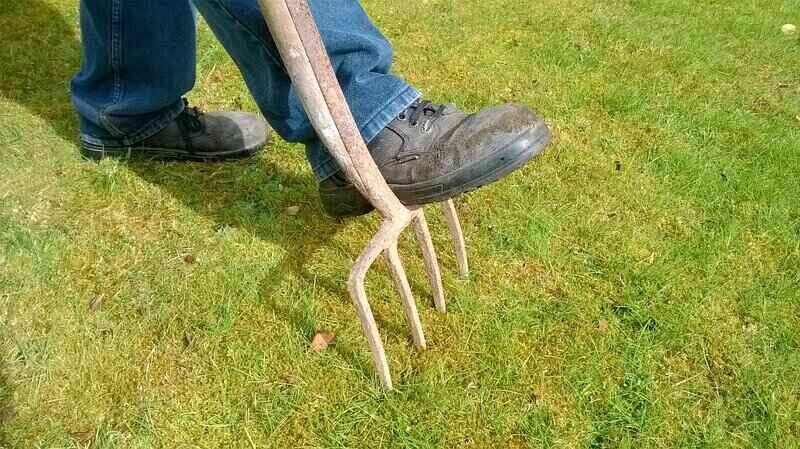
Autumn is the ideal time to aerate your cool-season lawn. But what exactly is aeration?
Aeration is the method of relieving compacted soil by creating small holes in the ground. Why aeration is important: When the soil is compact, the pore space becomes so compressed that water, nutrients, and oxygen can’t reach the grass roots and beneficial organisms.
How to aerate your lawn: You can aerate your lawn with many different tools, including a spade fork, spiked aerator shoes, or a mechanical aerator that pulls plugs of soil from the ground. Visit your local home improvement store to learn more about hourly, daily, and weekly aerator rentals.
How often should you aerate? If your lawn has clay soil, you may need to aerate the soil once a year. If you have sandy soil, or your soil doesn’t appear to compact easily, aerating every three years is usually enough. For more information, check out When and How Often Should You Aerate Your Lawn?
Pro Tip: Aerate your soil before overseeding. Why? Because aeration exposes more soil, and grass seed will have the best chance of success if it has good contact with the soil.
Dethatching
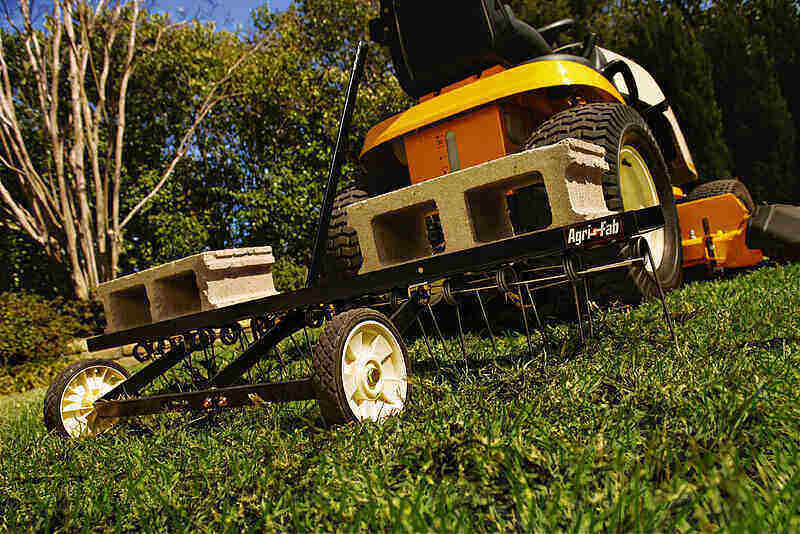
Fall is the best season for dethatching cool-season grass. But what is dethatching?
Thatch is the layer of dead and living organic matter that accumulates between the soil and the grass blades.
A thin layer of thatch is healthy for the lawn, but a layer of thatch that’s 1-inch thick or more can be harmful to your turf. Too much thatch is a breeding ground for pests and diseases, and it can block water and fertilizer from reaching the soil.
Remove excessive thatch with a mechanical dethatcher. Your local home improvement store may offer hourly, daily, or weekly rentals.
Pests and Diseases
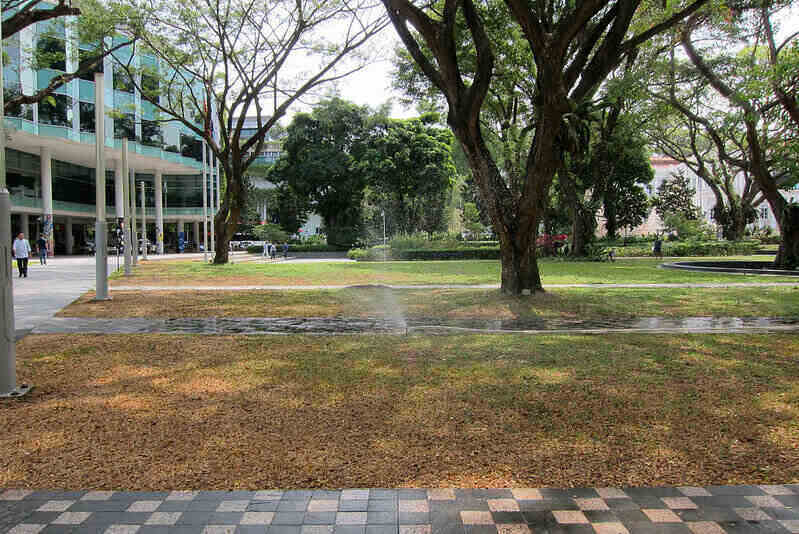
If you suspect pests and diseases are camping in your cool-season grass, correctly identify the intruder and treat the problem. If you misidentify the pest or disease, you might delay the proper control methods, which could prove detrimental to your lawn.
Not sure whether your lawn is battling an infiltrator? Here are some common signs of pests and disease:
- Discoloration of individual turf blades
- Dead or dying patches of grass
- Patches of discolored turf
- Visible fungus, molds, or mushrooms growing on the lawn
- Holes or mounds of soil in the yard (caused by moles, gophers, or voles)
Pro Tip: The healthier your lawn, the stronger its defense against pests and diseases.
Weed Control
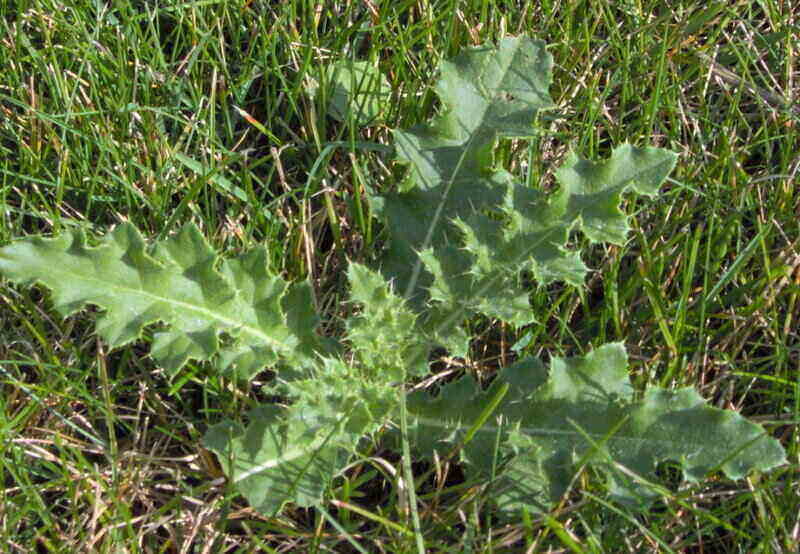
Broadleaf weeds popping up by the dozen are sure to lower your lawn’s curb appeal. Not only are these weeds an eyesore, but they compete with your lawn for water, nutrients, sunlight, and space.
Broadleaf weeds compromise the health of your turf, making it vulnerable to other uninvited guests.
When weeds are frequent visitors to your lawn, combine improved maintenance practices with pre-emergent herbicide and post-emergent herbicide.
What’s the difference between pre-emergent herbicides and post-emergent herbicides?
Pre-emergent herbicides
Apply pre-emergent herbicide to create an underground shield that blocks new weeds from sprouting.
Post-emergent herbicides
Apply post-emergent herbicide on existing weeds. Think of this as spot treatment that kills weeds on contact. (Just be careful, as some post-emergent herbicides will kill anything they are sprayed upon — including grass or favorite plants.
Need to prevent summer weeds? Apply a pre-emergent herbicide in spring when soil temperatures have been around 55 degrees for at least 48 hours.
Want to avoid winter weeds? Apply a pre-emergent herbicide in the fall when soil temperatures reach 70 degrees and continue to drop.
Pro Tip: Weeds are less of a problem in well-maintained, healthy lawns.
Hire a Pro and Give Your Green Thumb a Rest
Growing and maintaining your cool-season lawn requires time and energy. Why not spend your time and energy elsewhere? Hire a local LawnStarter professional to handle the yard work for you, from mowing the grass to aerating your soil.
After all, who wants to spend their weekends watching grass grow?
Main Photo Credit: congerdesign / Pixabay